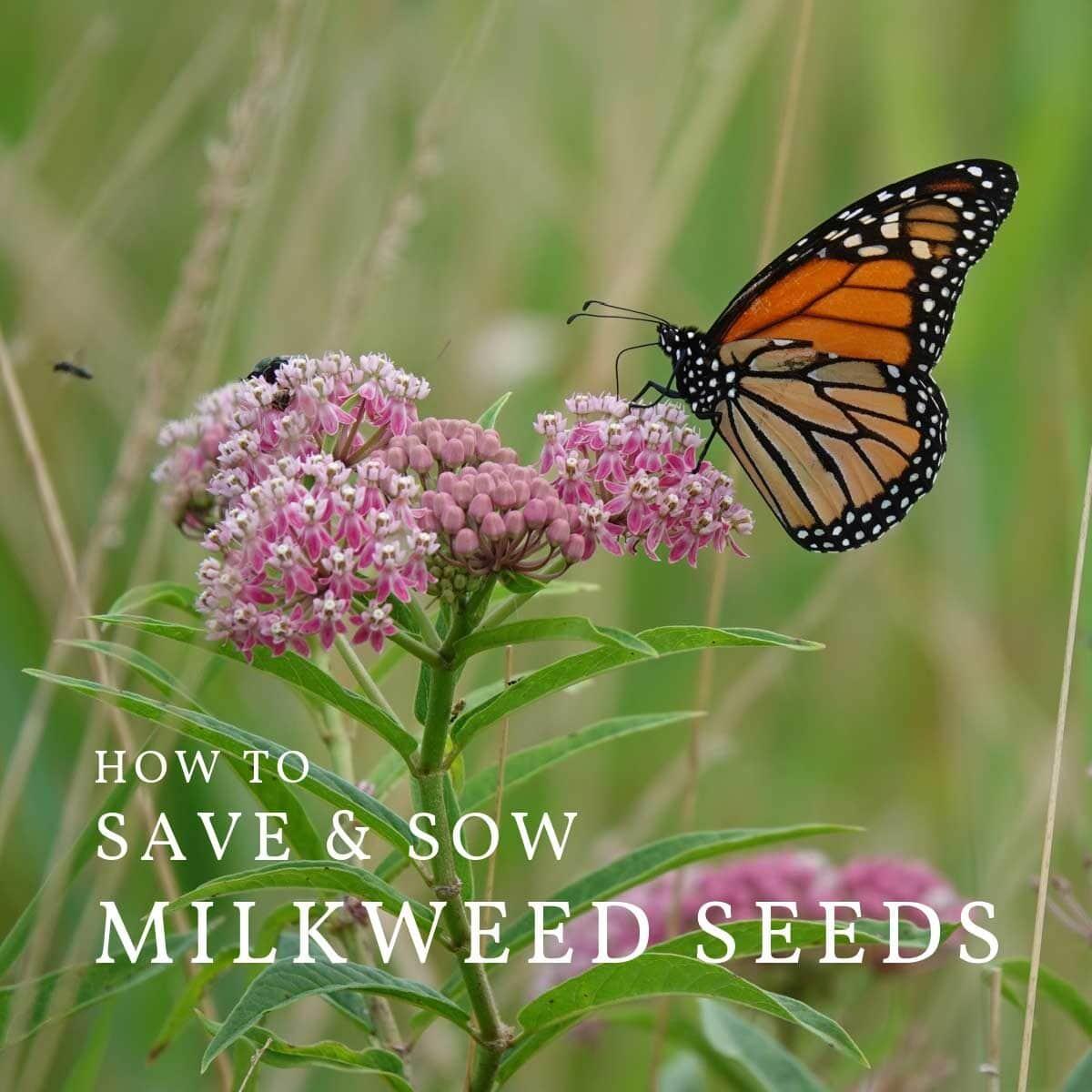Gina & Jon

Milkweed Seed Favors

Question
Where do I begin?
Answer
Before planting, you should consider where you would like for the plants to grow. Common milkweed plants can reach about five feet in height, so if you are planting them in an existing garden, you will want to plant them in the back or in the center, if you have a garden that can be accessed from all sides. These plants will spread under the soil after they are established, so if you don't want them spreading throughout your garden, you can put a barrier around them or transplant new plants to another location. Planting them along a fence or in a corner of your yard may work well for you. The location should receive full sunlight nearly all day in summer. These plants will not bloom for the first couple of years so don't feel that there is something wrong when flowers don't appear in that time period. You will still be helping monarchs at this point, as the larvae can feast upon the leaves. Common milkweed will grow in nearly any type of soil but should not be planted in soil that remains wet for long periods of time.
Question
How do I plant Milkweed in the Fall?
Answer
Fall is the best time for planting milkweed seeds. The seeds won't germinate until spring because they require natural freezing and thawing to soften the seed coat so that the embryo plant can grow. This process stops seedlings from emerging in the fall and being killed by winter cold. You can plant the seeds from September 1 up until the soil freezes. Prepare your soil by removing existing vegetation, if present, and loosen soil with a rake. You may want to add some compost, if you have any available. Scatter the seeds and use your rake to gently work them into the soil. They will come up in spring when conditions are right for them to grow.
Question
How do I plant Milkweed in the Spring?
Answer
Spring planting takes a little more work because you will need to mimic the natural freezing and thawing cycle. At least six weeks before you are going to plant the seeds in spring, obtain two paper towels, wet them and then wring out excess water. Place one of the paper towels inside a one-gallon, zip-close plastic bag. Scatter the milkweed seeds over this paper towel. Cover the seeds with the second damp paper towel. Zip the plastic bag closed and place it flat in your refrigerator. Leave it undisturbed for at least six weeks. When you are ready to plant, prepare the soil by removing existing vegetation, if present, and loosen soil with a rake. You may want to add some compost, if you have any available. Scatter the seeds and use your rake to gently work them into the soil. When they come up, keep the soil moist until the plants are well established.